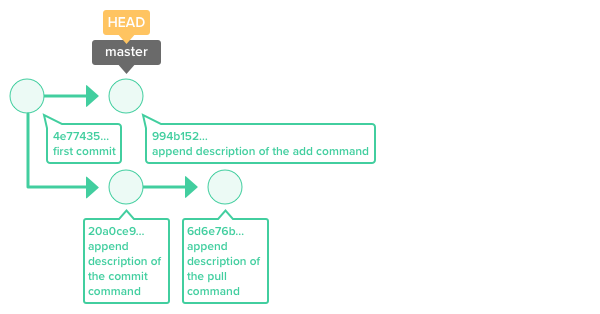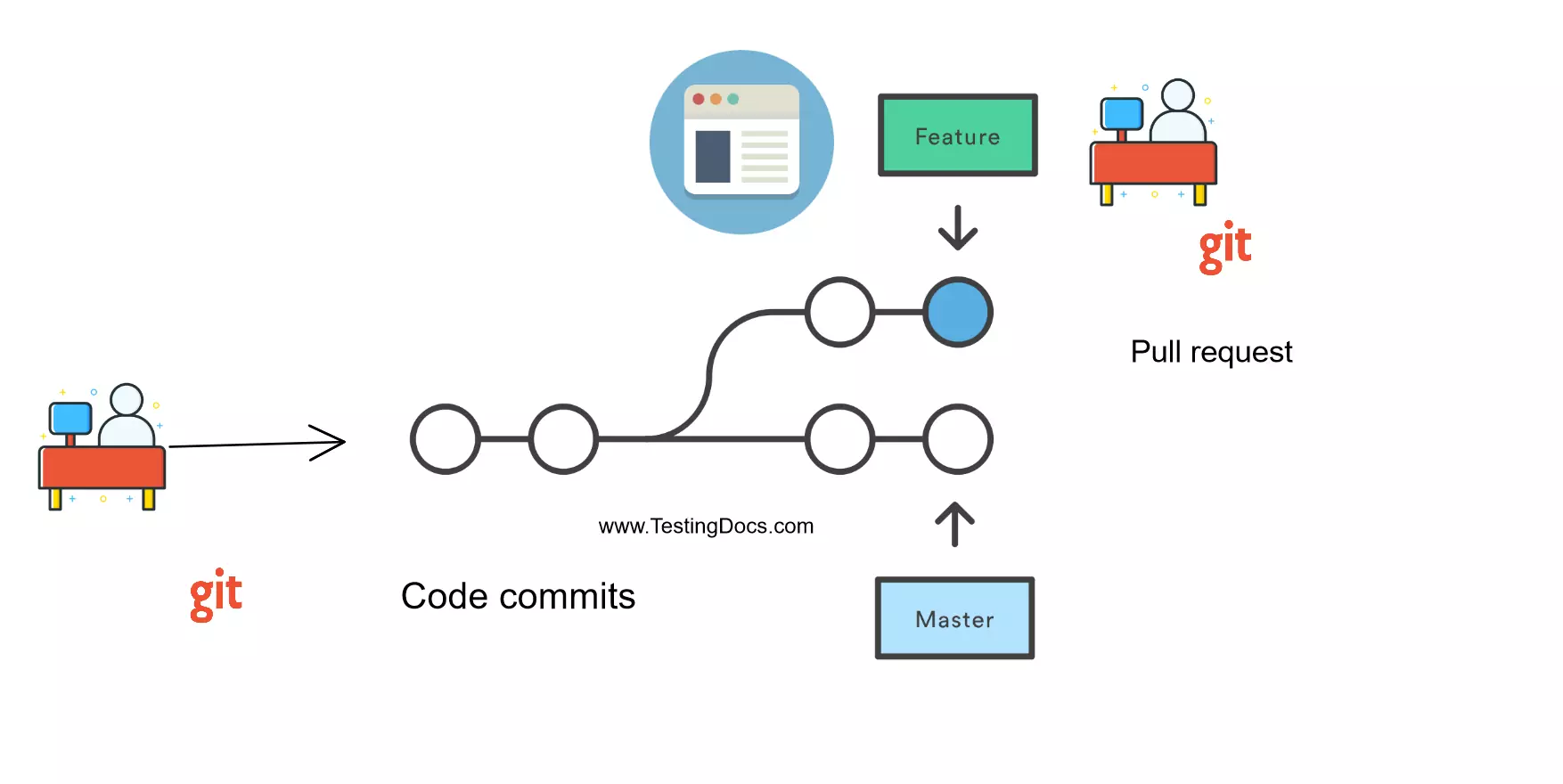

- #Git switch vs checkout how to
- #Git switch vs checkout install
- #Git switch vs checkout update
- #Git switch vs checkout free
You can always check for changes with your branch and upstream using the Git status command: git status The command retrieves the upstream changes and merges them with the newly created branch.
#Git switch vs checkout install
The command will help us fetch code from upstream, and it'll also run the merge (if you install the hub utility). Once we have our branch we'll use a utility command from hub. Now how do I switch to work on the next issue?Ĭreate a different branch with a descriptive name, like this: git checkout -b After that, create a pull request to notify project administrators on the current state of the assigned task. When the task you're working on has been completed, push changes on the local repository for review. To list all available branches in your repository, type: git branch This command creates a new branch based on the current branch, although you can also specify the branch where you want your new branch created. To create a branch you need to enter the following Git command: git checkout -b To avoid mixing your changes with production code, you need to create a new branch.

When we get started, Git provides us with a master branch. This is why it's helpful to create a branch when working on new task, bug fix, or any other feature. This provides a pointer that can later be used to reference or track the changes that were made. When a commit is made, Git stores the information from the commit. Git branchĪ branch gives you a snapshot of the changes that have been made. Why do you have to create a branch? And what is a branch used for? Let's investigate further. Next, create a branch for the issue you were assigned. The goal of Git merge is to make the local copy of the master branch match exactly the same as the upstream copy of the master branch.

Moving forward, you'll need to merge the commits of other contributors to the local repository. This way you get all the commits from every team member who also worked on various features. To stay updated with the latest changes, you always need to try to fetch from the upstream. To preview the list of available remote and tasks that can be performed (fetch and push) type: git remote -v
#Git switch vs checkout update
This way Git keeps you informed when there are changes so you can update the cloned repository. git clone Ĭreate an upstream allowing you to keep track of latest upstream (i.e original repository) changes. To start working on an issue, you need to make a clone or copy of the target repository using the Git clone command on your local machine. This way other team members will know that someone is working on the issue. To take up an issue the project administrators need to assign that particular issue to you. Basically, they provide you with a description of what the task entails. Issues in a repository can be used to keep track of tasks, ideas, bugs, or enhancements for the project you are working on. Contributors use Git to track changes in project files and it also helps people coordinate their work on those files. To get started with open source, you need to have a basic understanding of version control tools such as Git. There are many organizations that are always welcoming contributors to their codebases.
#Git switch vs checkout free
Participating in the open source community means you're contributing to the development of free or open source software. And that's what we'll discuss in this article.
#Git switch vs checkout how to
You can demonstrate how to view a list of available branches by executing the git branch command and switch to a specified branch.On my journey to open source I ran into a simple (yet tricky) situation that can trip you up if you do it wrong. The git branch and git checkout commands can be integrated. We can perform many operations by git checkout command like the switch to a specific branch, create a new branch, checkout a remote branch, and more. It checks the branches and updates the files in the working directory to match the version already available in that branch, and it forwards the updates to Git to save all new commit in that branch. Sometimes this command can be dangerous because there is no undo option available on this command.

The git checkout command operates upon three different entities which are files, commits, and branches. Be careful with your staged files and commits when switching between branches. The git checkout command is used to switch between branches in a repository. In Git, the term checkout is used for the act of switching between different versions of a target entity.


 0 kommentar(er)
0 kommentar(er)
